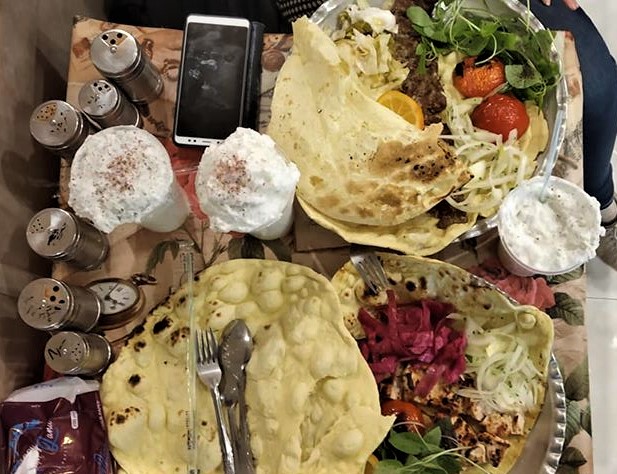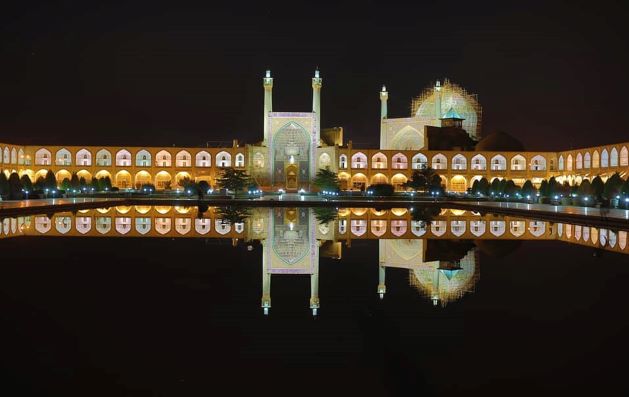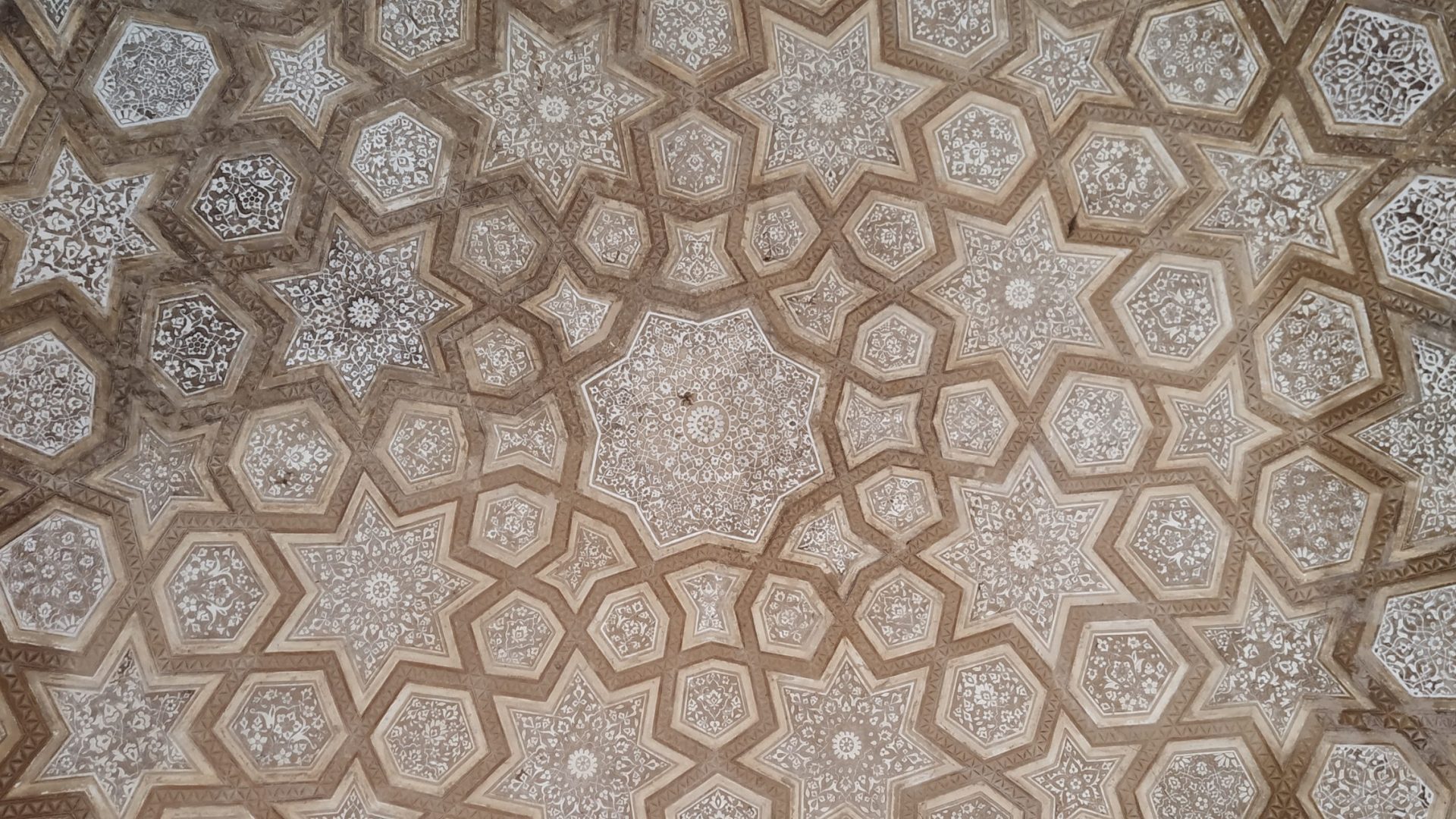Iran is an incredibly wonderful place to travel, but it, like any country, has its idiosyncrasies. These are my experiences here and the things I’d wish I’d known before I’d gone there.
Currency
Money in Iran is a bit unusual for a few reasons, but once you understand it, it’s easy.
- You can’t use your International bank cards in Iran. This is easy to get around- simply take cash in forms of the Euro or US dollar and change to the Rial when you arrive in Iran. Most rental/ accommodation/ guides will take cash in any form, so don’t change it all at once.
- We spent €1,900 for fourteen days for the two of us. This included two carpets and gifts, about €770 worth. We didn’t really budget a lot for anything and pretty much did whatever we wanted.
- The currency is the Iranian Rial. Due to the huge devaluing of the currency, it’s got a lot of zeros- our typical meal was IRR1,000,000. As a result, the people have created what’s called the ‘toman’. It’s a superunit of the rial- 10 rial is 1 toman. It’s used basically to cut off a zero in all transactions. 1 million rial is 100,000 toman. Just be aware of it, although the locals will be super honest with you and correct you when you hand over too much/ too little money.
- I generally use the XE app when I travel, because I work across so many currencies, I am easily confused and numbers get lost in my head. However, the XE currency app is not accurate in Iran. XE uses the bank rates which are very different from the real market rates. For instance, IRR 88,000 was about NZ$1 in Iran, but the app said NZD1 was IRR27,880.
- If you want to book flights/ trains/ buses within Iran, you can’t pay online unless you have an Iranian card. Your hotel/ hostel will be happy to do so for you.
- If you are in Iran for a long time, you can get a tourist Iran credit card. It costs under €30 and means you can travel without worrying about cash. Not worth it for short trips, we didn’t bother.
Internet
Much is made of Iran’s internet being hobbled. You can’t access Iran sites from out of Iran (most notably the train sites, airlines) and once in Iran, there are some external sites you can’t access. This is not a problem- download a VPN such as ‘Secure VPN’ (free) and you can access whatever you want, internally or externally. This means you can see train schedules when you’re planning the trip at home, and you can still Facebook/ Messenger/ Whatever when you’re in the country.
While we were there, there was some unrest, and the Government cut the internet to phones. WiFi was still working. We just downloaded Google Maps and were fine. A bit frustrating but blackouts seem to be common now in many countries.
Accommodation
Because Iran won’t use American/ UK/ Canadian sites, your usual booking.com sites and similar won’t work. It’s ok- there are plenty of other options. We used HostelWorld and it was fine. We had private rooms with bathrooms, they were beautiful, reasonably priced, and were very happy with all the places we stayed.
Language
The main language spoken here is Persian/ Farsi. There’s also a bit of Turkish (mostly in the North), an Arabic influence in places, and English. I would not rely on English! It’s not widely spoken. Things like the number plates are all in Persian, so they don’t make any sense to a sole English speaker. Here are my tips.
Greet people, whether it’s your cab driver, someone on the street that smiles at you, or your new friend at the hostel, with ‘salaam’. Easy way to say hello, be friendly and respectful.
Thank you can either be ‘merci’ (like in French), or ‘shukran’ (in the South-West region mostly where there’s a stronger Arabic influence), or ‘moteshakeram’.
Urdu, Arabic and Hindi have some similarities to Farsi. Some words are the same, some wildly different. For instance:
Hindi: Ek, do, teen, char, punj, shesh, saart, aart, noh, dass
Farsi: Ek, do, se, char, panj, shesh, haft, hasht, noh, dah
So if you know Urdu or Hindi you have an advantage and will start to pick up words pretty quickly. One tip for English speakers: before you go, learn Farsi numerals. It helps to be able to read prices and numberplates!
| 0 | 1 | 2 | 3 | 4 | 5 | 6 | 7 | 8 | 9 |
| ۰ | ۱ | ۲ | ۳ | ۴ | ۵ | ۶ | ۷ | ۸ | ۹ |
Some Iran sites were written in Farsi—that’s including Iran airlines etc. This made it impossible for me to understand. Luckily, you will find the hostel/ hotel happy to help.
Food
Iranian food is AMAZING. People warned me that it’s all the same, but that is complete bollocks. Each area of Iran has different food specialties and it’s up to you to find out where the best of everything is. It is important to know that the food is very meat-bread-rice based. There are some vegetable (sabzi) options but if you are gluten-and-dairy-free and only eat vegetables, your diet may be somewhat limited. Read my other blog posts for more on the food in each area.

Visa
IRAN NO LONGER STAMPS PASSPORTS. You get a piece of paper which you’ll need to carry with you- the only place my visa was checked was boarding a train.
My Visa was a bit of a drama because I was applying from a country other than my home country- I had to go to the Iran embassy in Hyderabad to get my visa, making it an exceptionally expensive process. BUT it’s pretty simple if you’re allowed Visa on arrival.
Go to the Iran visa site. Apply for your visa. After three-ish days, you can check, using your application number, to see if you were accepted. If you aren’t, they don’t offer a reason, and you’ll need to call your nearest embassy. It could be something simple to fix, so don’t panic!
If your visa application is accepted and you have visa on arrival, when you land in Iran you’ll need to spend about an hour doing paperwork, paying the fee (In € or US$) and processing the Visa.
Insurance
You must have travel insurance to visit Iran. Most providers do not cover Iran—not for any particular danger, but because most insurers are US/ UK based. I used https://www.iatiseguros.com/en/ . You can also get insurance at the airport for very cheap, but it wasn’t very clear to me what that insurance covered. So, I paid a lot more but at least I knew I had full insurance and I understood what was covered. Your choice, but I’m always over insured because I worry, a lot.
What to wear
We were there in winter, so much of this did not matter too much—the more layers, the better!
All women must wear a headscarf in public places. This includes public transport and in cars. At this point in time, this is law here.
Most Iranian women have large, square scarves. They fold diagonally and tie loosely under the chin. They have high buns at the back of their head which helps to keep the scarf on. I find headscarves to be very frustrating as they required constant re-adjustment, so I safety pinned mine at the side, under the chin. Use a non-slippery material that has a bit of texture. It’s ok to have the top front bit of your hair showing, that’s pretty acceptable. If it falls off (it happens), someone will probably politely point it out.
Clothing for men and women should cover your shoulders, chest and legs. Women, do not wear skirts or dresses. Men, shorts are not the norm here. It was winter, so I wore tight jeans, boots, and long tops/ jackets that covered me til mid-thigh. In summer, I’d probably wear loose pants and long flowing tops.

Taarof
You WILL be invited to someone’s house. You WILL be given free stuff. Iranians are so nice it becomes uncomfortable.
Taarof is the Iranian etiquette / art of civility. It’s way too complex to explain here in detail, and I don’t understand it all, but here are some key points.
- Someone will offer something to you several times, generally three times, before it becomes obvious if the offer is genuine or just a show of politeness. So if a vendor offers something for free, you have to INSIST on paying three times and they’ll rebut three times until they either let you pay, or insist you take for free. Same goes for people who invite you for dinner- do the full taarof first to find out if they are genuine.
- If you eat at someone’s house, eat what you want for your first serving. Then, insist you are full and tell your host how delicious the food is. Then, the host will tell you to eat more, not to be so polite, and you need to say no a few times before you can ‘cave in’ and take more servings.
General Iran tips and tricks
- Power adaptors are European-style two round prongs.
- DO NOT WEAR SHOES INSIDE A HOME OR HOTEL ROOM. Take them off.
- You do not have to tip, but it might be nice. Taarof may apply here.
- No Uber in Iran- use an app called Snapp.
- Add your new friends on Instagram! Everyone in Iran has Insta.
- Iranians are very forgiving of your faux-pas. Lovely people! But if you are corrected, do as asked.


